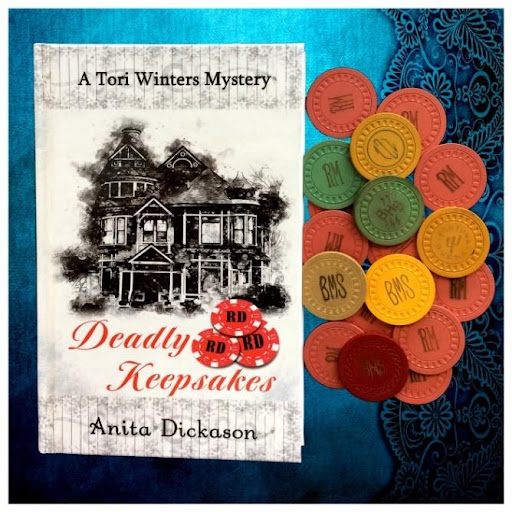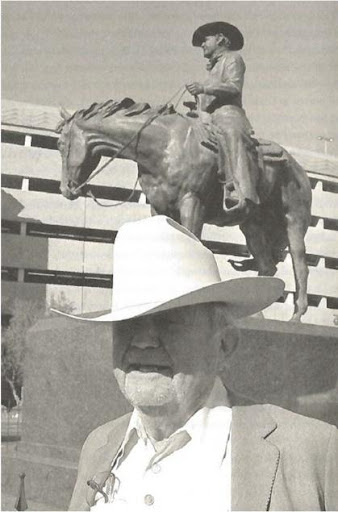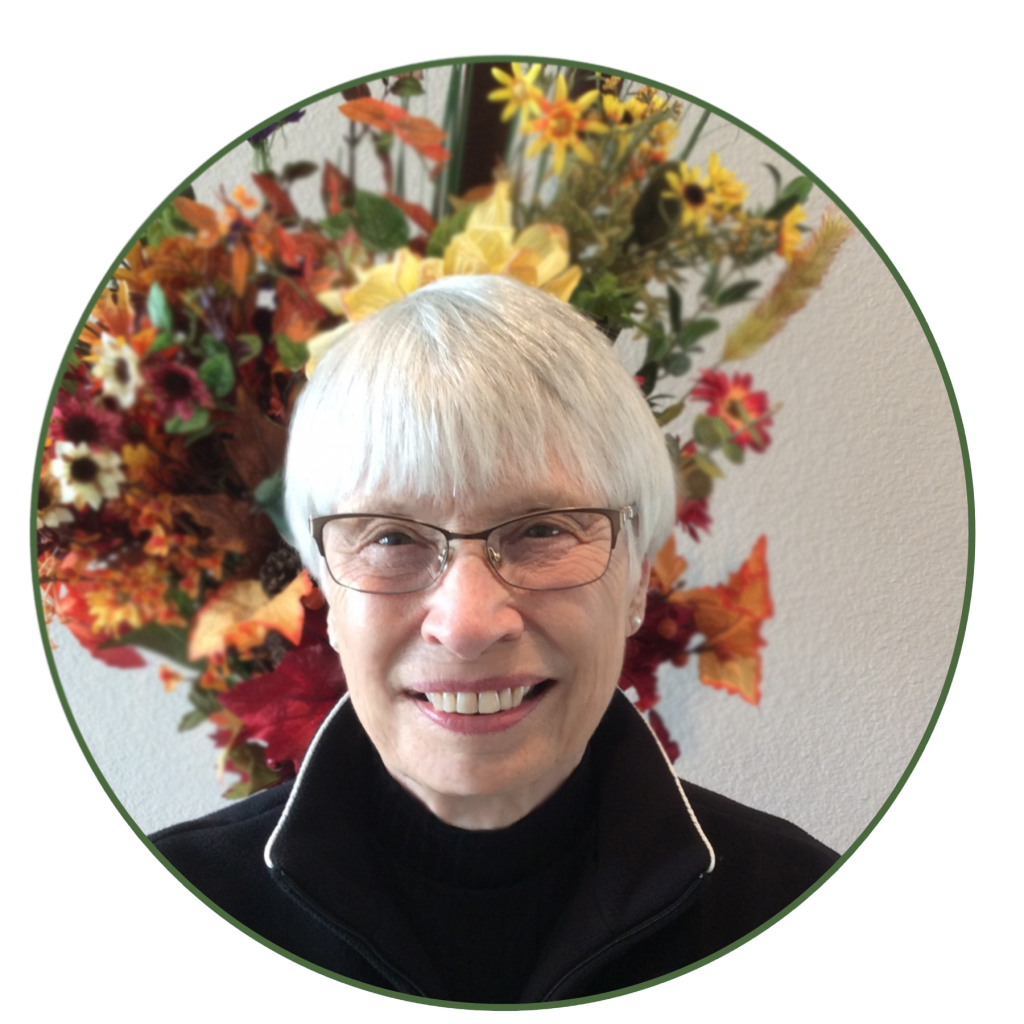Make sure to read Part 1 and Part 2 of The Poker Chip Detective series!
Edward Hertel, the Chip Detective, provides a fascinating glimpse into another era of Dallas history. One I used as the inspiration for Deadly Keepsakes.
In a second article, The Case of the Dallas Good Fortune, Mr. Hertel states:
“The extensive Binion gambling empire stretched far and wide, and the Southland Hotel was its heart. Here, Binion had all his casino chips delivered which end up representing an alphabet soup of initials. By my count, there are 17 different identified sets of initials that stretch over 58 different denominated and colored chips. Altogether, Binion ordered 620 boxes—that’s a whopping 62,000 chips—which were delivered to the Southland Hotel. Were they all used there? Probably not. No doubt the chips serviced all his various enterprises. It has been theorized that partners in the games moved the chips around with them. If they were in charge of the Southland Hotel games this week, they kept them there. If next week they needed to oversee the action at the Top O’ Hill in neighboring Arlington, the chips traveled.”

In my interview, Mr. Hertel said, “I have around 10,000 chips in my collection, with probably a little over half those are identified as belonging to an “illegal” club. The others would be considered unidentified (or as the hobby calls them UFC – Unidentified Flying Chips). Although we have access to some records from chip makers, there are many that have been lost and those chips will likely never be identified.”
Edward Hertel’s investigations into the history of poker chips and illegal gambling casinos, his research and documentation are truly impressive. I sincerely appreciate his allowing me to share part of it. And now, here is the conclusion:
BENNY BINION
AND THE
DALLAS GAMBLING WARS
By Edward Hertel
In September Noble’s car was forced off the road. Three gunmen emerged and starting blasting. Noble grabbed a gun of his own, and even after taking a shot to his leg was still able to return enough fire to drive the men away. It must have seemed that Herbert Noble was unkillable. Whether you were on his side or not, he was gaining the respect of the entire underworld community.
Meanwhile, Binion received the news of Noble’s miraculous survival with anything but respect. He was furious. His partnership in the Westerner was proving less than desirable and he quickly sold his interest and purchased the El Dorado in downtown Las Vegas. While he started the renovations that would eventually become of the Horseshoe, his men back in Dallas were doubling their effort to put a stop to Herbert Noble.
The day of November 29, 1949, started as one of celebration for Herbert Noble who was turning his hobby of flying into a dream of running a legitimate business. That morning found Noble at a local airfield signing a deal for its purchase. He had borrowed his wife’s car because it was bigger and could hold his entourage of lawyers. Unfortunately, his wife was not as cautious as Herbert and didn’t inspect his car before starting it. A well‐hidden bomb killed Mildred Noble instantly.

Herbert Noble was devastated by the news. There was no question who the bomb was meant for, and in the underworld the identification of the bomber was well known. Police were told that Binion’s henchman Lois Green was responsible, but no charges were brought. Regardless of his current residency in Nevada, Benny Binion could still protect his people from the local Dallas police. What he couldn’t protect them from was an out‐of‐control Herbert Noble who was now furious. Less than a month after his wife’s murder, Lois Green was gunned down outside a club in Dallas.
Feeling like he had little to lose, Herbert Noble tipped off the state police as to Binion’s secret headquarters for his policy racket. In one raid, the police shut down his policy business and confiscated all his records showing years of enormous untaxed gains. Of all the fights Binion had endured to this point, none were as serious as those over taxes, and he knew it.
It was only three days after the Binion raid when the next attempt on Noble would be tried. On New Year’s eve in 1949, Noble was met at his front door with a hail of gunfire. Bullets shattered his arm, but he escaped. He was taken to the hospital where his arm would be reconstructed. A week later, his peaceful stay at the hospital was cut short when a sniper from across the street took a shot through his upper level window. It was clear that Herbert Noble would not be allowed to find any peace what‐so‐ever.

With his world quickly spinning out of control, Herbert Noble was starting to show the signs of man with little else to live for. He moved out of his house and into his ranch, which he fortified with security and enough fire arms for an army. He was drinking heavily and taking pills which allowed him to stay up all night and others to put him asleep during the day. He didn’t allow anyone to the ranch and his only companions were a pack of Chihuahua dogs and parrots he used as barking and squawking alarms. His mind was gone and the guilt of his wife’s death weighed heavily on his conscious.
With Binion in Las Vegas and Noble locked in his fortress, it was up their associates to continue the war, which they did with a gusto. The violence was slipping over the border into neighboring Fort Worth where Binion’s good friend George Wildenstein ran his Eastside Club.
In the fall of 1950, the Eastside was robbed by men from Noble’s faction, and it didn’t take long for Benny to send a response. In late November, the peace in Fort Worth was broken with the sound of an immense explosion that took the life of one of the robbers. Unfortunately, also caught in the blast of the thief’s pregnant wife. The publicity and outpouring of anger for the violence brought swift action from law enforcement who formed a grand jury to look into the area’s gambling.

Benny Binion was finding it difficult to stay under the radar. The grand jury summoned him to appear, but he declined stating that he feared for his life. In reality, his fear was that once back in Texas he would be arrested on gambling charges stemming from the raid on his policy headquarters. Even without Binion, the grand jury handed down sixty felony indictments against gamblers. However, their efforts would, for the most part, be thwarted by Benny and Noble’s influences as most of the gamblers got off with little more than small fines.

Meanwhile, back in Dallas, Herbert Noble was still feeling the heat. His pride and joy, the Dallas Airmen’s Club was destroyed in a late night bombing. Although nobody was there at the time, the message was loud and clear – the war continues!
Benny Binion was finding the publicity of his illegal activities to be quite counterproductive to him getting his gambling license for his Las Vegas Horseshoe Club. He was originally denied on the grounds he was connected with illegal activities in Texas. His lawyer argued that his activities outside of Nevada should not prejudice his ability to get a license. The argument was persuasive enough, as well as possible payments to the commission, to finally get his approval.
If getting approved for his dream casino wasn’t enough, August 1951 would prove to be celebrated by Binion for yet another reason. His war in Dallas was about to be concluded in the most violent of ways.
Herbert Noble’s ability to keep one step ahead of his enemies was about to hit a stumble. On August 7, 1951, Noble pulled up to his mailbox and found not his monthly bills, but explosives. Before he could react, someone from a nearby hill flipped a switch and

Herbert Noble was instantly killed in the explosion. It seems appropriate that the war that burned so long and so bright should end in blaze of fire. Benny Binion would later say in an interview about his war with Herbert “The Cat” Noble, “They said he had nine lives. Damn good thing he didn’t have ten.”
Life for Benny Binion wasn’t all roses however. Even with his new Horseshoe Casino and the death of his arch nemesis, Benny was still facing charges stemming from his illegal activities in Dallas. In September 1953, he finally gave in and plead guilty to four counts of income tax evasion and one count of gambling. He received five different four year sentences to be serves concurrently and quietly did his time.
When he was released in October 1957, he had a decision to make. On the one hand he could return to his Horseshoe Casino in Las Vegas that was under the care of his friend Joe Brown. Or, he could return to his roots and head back to Dallas. Gambling was in his blood, and in Las Vegas he could do it legally. But Dallas was his home, and with his enemies gone, that too seemed like a good option. Stay in Las Vegas and be one of many gamblers, or return to Dallas and become the top man again?
In the end, Benny Binion would stay in Las Vegas. His larger than life personality and cowboy attitude was well suited for the Las Vegas crowd who quickly adopted him as one of their legendary fathers. Benny would grow his Horseshoe brand until it was synonymous with big‐time gambling. Today, the name Benny Binion demands respect and admiration. From his humble beginnings to his legendary status, Benny Binion knew what he wanted, and he wasn’t about to let anyone get in his way.

For more information about the Chip Detective, please visit Edward Hertel’s website: http://www.chipster.net or contact him at: [email protected]
Benny Binion and the Gambling Wars was originally published in the Casino Collectibles News. http://www.ccgtcc-ccn.com/vol30_4.pdf
Information regarding the Casino Collectibles Association can be found at: http://ccgtcc-ccn.com/
If you have a question or comment, please let me know. I’m always “On The Hunt” for ideas, authors, books, and anything bookish.
Please subscribe to my newsletter, Book Chatter & More, to learn more. Subscribers receive a free download of my paranormal suspense, The Foretelling. My way of saying thank you.
Until next time, take care and stay safe.
Anita Dickason

Anita Dickason
Anita Dickason is a retired police officer with a total of twenty-seven years of law enforcement experience, twenty-two with Dallas PD. She served as a patrol officer, undercover narcotics officer, advanced accident investigator, tactical officer, and first female sniper on the Dallas SWAT team.






